Proposal Management
Managing proposals in a technical environment is a discipline all its own. Twennie aims to provide needed resources where too little is available.
Not all services organizations have dedicated proposal management personnel, but they can all adopt at least a few best practices. A proposal is a project in itself, which is why it needs a “project manager.” To distinguish the role in a technical services organization, however, we must call this person the “proposal manager.” A shortage of training opportunities for proposal managers in technical services makes this topic an essential element of Twennie’s library. We aim to fill that gap.



